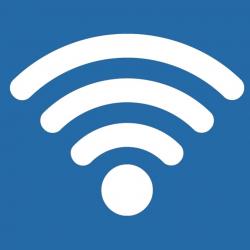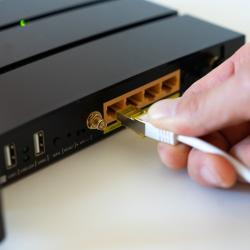How to Fix Slow Internet: Troubleshooting Tips for a Faster Connection
A fast and reliable internet connection is essential for everything from remote work and streaming to online gaming and smart home devices. However, slow internet can be a frustrating bottleneck in our connectivity-dependent lifestyles. If you’re grappling with sluggish speeds, fret not; there are numerous troubleshooting steps you can take to boost your internet performance. Here’s a comprehensive guide to diagnosing and tackling slow internet issues.
1. Reboot Your Equipment
Before diving into more complex solutions, start by rebooting your modem and router. Just like computers, these devices benefit from a restart, which can clear minor issues and improve performance. Simply unplug them, wait about 30 seconds, and then plug them back in. Allow a few minutes for the devices to fully power on and establish a connection.
2. Check Your Internet Plan
Sometimes, your internet speed issues may not be due to a technical glitch but rather your subscription plan. Check with your Internet Service Provider (ISP) to ensure your plan meets your speed needs. If you’re on a basic plan, you may need an upgrade to handle bandwidth-intensive activities.
3. Test Your Speed
Use an online speed test tool to check your current internet speeds. This will give you a clear picture of your download and upload rates and help determine if you’re getting the speed you’re paying for. Common tools include Speedtest by Ookla, Fast.com, and Google’s Internet speed test.
4. Optimize Router Placement
The placement of your router significantly affects internet speed. Ensure your router is centrally located in your home and free from obstructions. Avoid placing it near large metal objects, microwaves, or thick walls that can interfere with the signal. Elevating the router can also help improve coverage.
5. Secure Your Wi-Fi Network
If your Wi-Fi network is open or has a weak password, unauthorized users could be leeching off your bandwidth. Secure your network with a strong, unique password and use WPA3 encryption, if available, for better security and performance.
6. Update Firmware and Software
Outdated router firmware can cause connectivity issues. Check if your router has available firmware updates and install them. Similarly, ensure all connected devices have the latest software updates, as older software versions can lead to compatibility and speed issues.
7. Limit Background Activities
Background applications and processes on your devices can consume significant bandwidth, slowing down your connection. Disable automatic updates, close bandwidth-heavy applications, and limit the number of connected devices to see if there’s an improvement in speed.
8. Switch Frequency Bands
Modern routers typically offer two frequency bands: 2.4 GHz and 5 GHz. The 2.4 GHz band covers a broader area but is slower and more susceptible to interference, while the 5 GHz band offers faster speeds over a shorter range. Switching to the 5 GHz band can enhance speed, especially if you’re close to the router.
9. Use Wired Connections
While Wi-Fi offers convenience, wired Ethernet connections are generally faster and more reliable. Connect devices like your computer or gaming console directly to the router with an Ethernet cable for a speed boost.
10. Consider a Mesh Network
For larger homes or areas with weak signals, a mesh Wi-Fi system can be a game changer. Mesh networks use multiple nodes to provide robust and seamless coverage throughout your space, eliminating dead zones and ensuring consistent speeds.
11. Contact Your ISP
If, after all troubleshooting efforts, your internet remains slow, it might be time to contact your ISP. They can run diagnostics, address issues from their end, and perhaps offer solutions like upgrading your equipment or plan.
Conclusion
Experiencing slow internet can be incredibly frustrating, especially when you rely on connectivity for vital tasks. By following these troubleshooting tips, you can often identify and resolve the issues independently. Whether it’s a simple reboot, optimizing your network settings, or consulting with your ISP, a faster, more reliable internet connection might be just a few steps away. Embrace these strategies to enhance your digital experience and keep your online activities running smoothly.






















